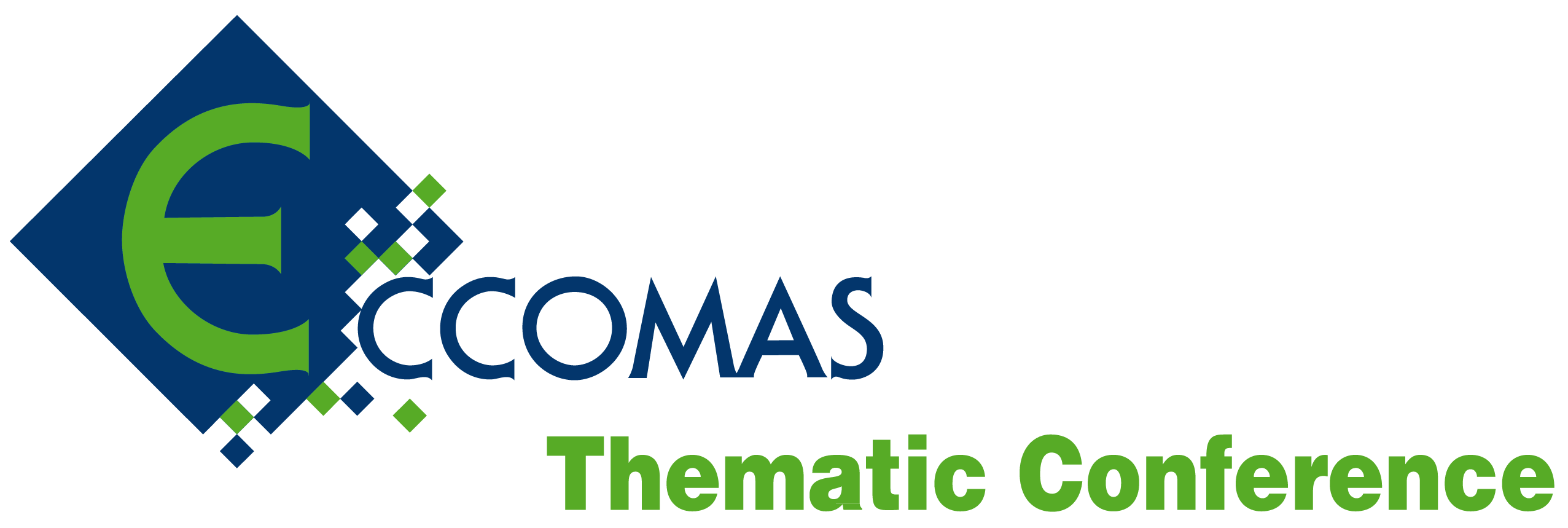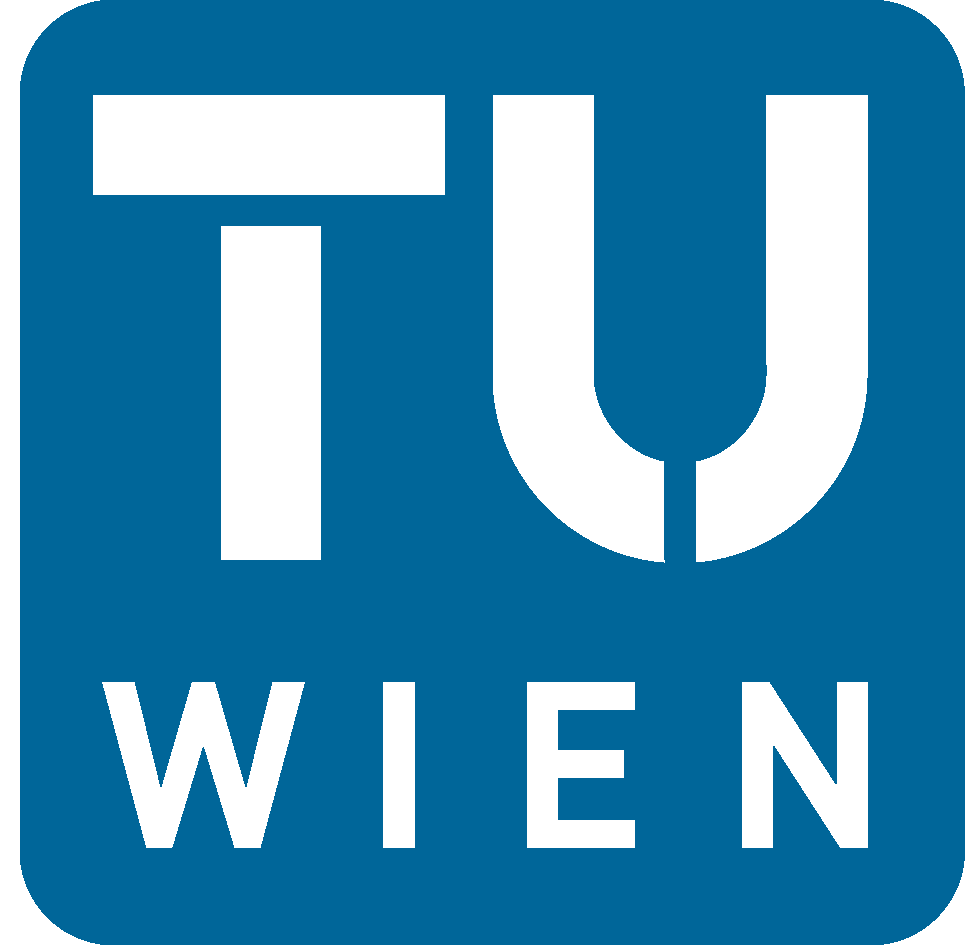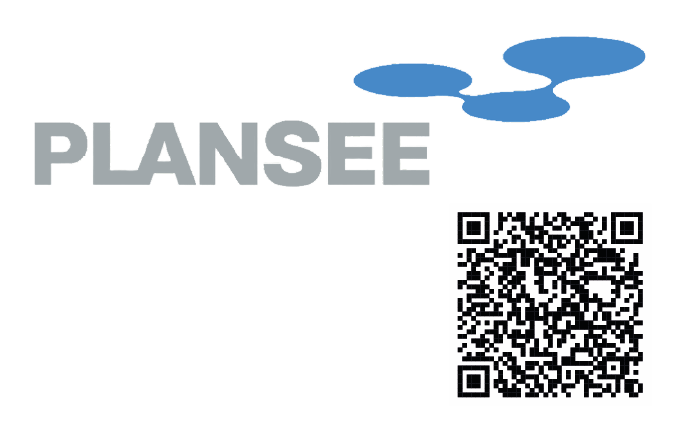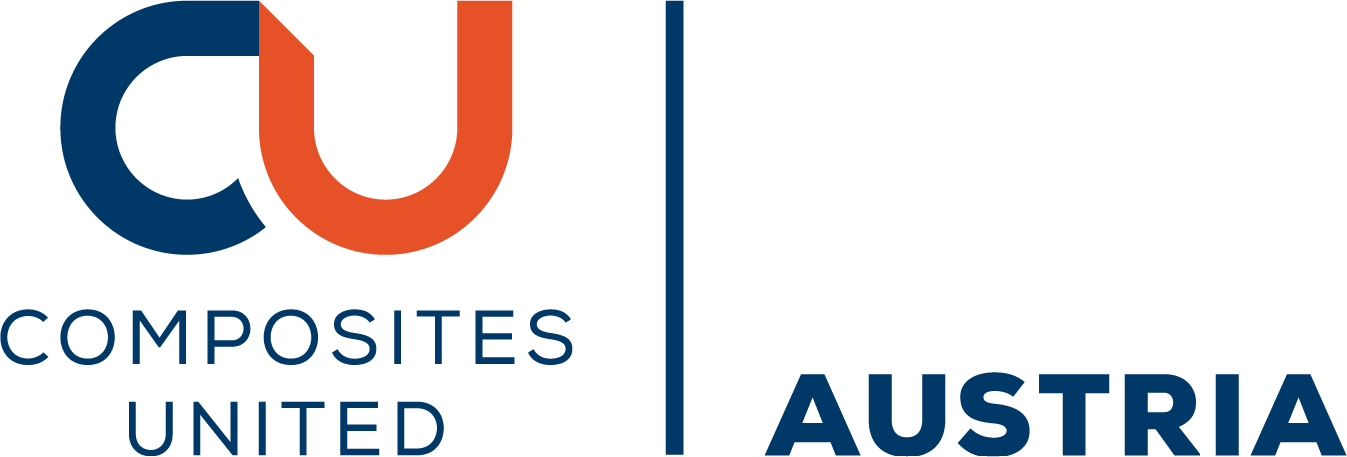
Quantum-assisted Stacking Sequence Retrieval and Laminated Composite Design
Please login to view abstract download link
As the aerospace industry moves toward greater fuel efficiency and carbon neutrality, weight reduction in structural materials remains crucial for sustainable design. Laminated composites, featuring customizable fiber orientations, offer high specific strength while allowing tailored anisotropic properties to meet complex mechanical demands. A common design strategy, bi-level optimization, first approximates mechanical requirements through lamination parameters and then retrieves a feasible stacking sequence that satisfies real-world manufacturing constraints. However, identifying an optimal stacking sequence remains computationally intensive, as the exponential configuration space created by discrete ply angles, combined with manufacturing constraints, transforms the task into a challenging combinatorial optimization problem. Recent advances in quantum computing have generated interest in the application of quantum algorithms to such challenging combinatorial problems, with several promising techniques under investigation. Building on our previous work, which introduced quantum algorithms for stacking sequence retrieval, we present key advances that bring the approach closer to practical applications. These advances include the implementation of a complete set of manufacturing constraints, the use of more sophisticated quantum algorithms, and the demonstration of flexibility through new objectives such as maximizing buckling resistance or controlling ply-angle clustering and dispersion within the stacking sequence. Furthermore, we extend our previous work on applying the DMRG algorithm to our approach by directly comparing it against conventional stacking sequence retrieval algorithms (LAYLA, Opti-BLESS) for laminates with up to 200 plies. The results demonstrate competitive performance in terms of both runtime and accuracy. These developments highlight the potential of quantum and quantum-inspired techniques for optimizing composite laminates, with broad implications for materials design in aerospace and beyond.






